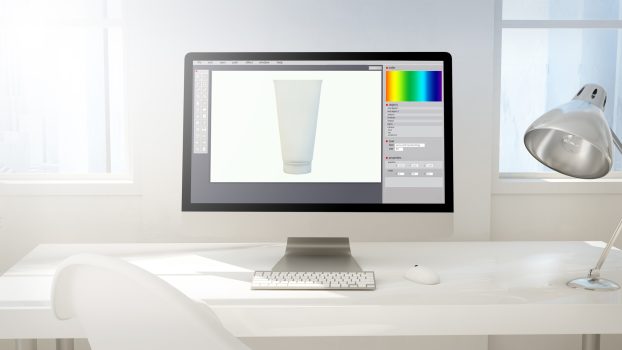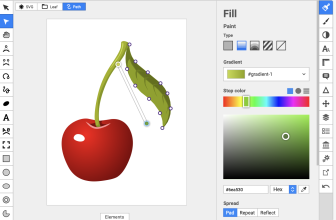What we cover
Why use Product Design Software?
Product design software is essential for anyone involved in creating new products, whether physical or digital. These programs allow designers, engineers, and product managers to digitally model, test, and refine their concepts before investing in physical prototypes and production. Using product design software brings several key benefits:
- Save time and money: Digital prototyping is much faster and cheaper than physical prototyping. Design flaws and engineering challenges can be identified early on without costly rework further down the development cycle.
- Collaboration: Modern product design software facilitates collaboration between team members in different locations and departments. Everyone can provide feedback on the same 3D model in real time.
- Simulations and analysis: Advanced simulation, load testing, aerodynamics, and other analysis can be run on digital prototypes to optimize the design before physical testing.
- Photorealistic rendering: High-quality visualizations, animations, and renderings can be generated to sell concepts to stakeholders and prepare marketing assets before launch.
Product design software is used across many industries, including automotive, aerospace, consumer electronics, industrial machinery, and more. It empowers designers and engineers to rapidly iterate and refine product concepts digitally. This results in higher quality products being brought to market faster and at a lower cost.
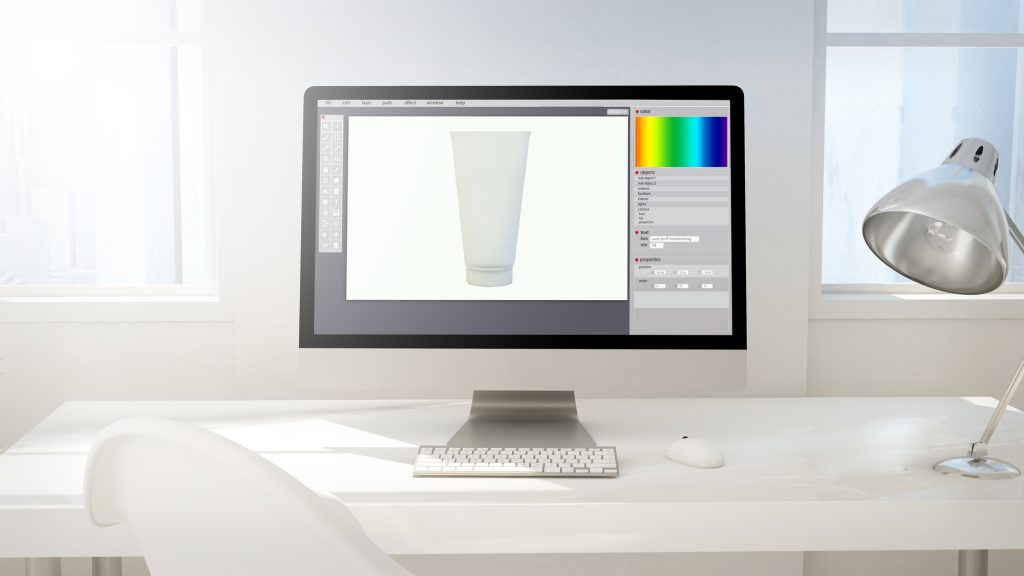
What are the different types of product design software?
There are a few main categories of product design software, each catering to different needs:
- CAD (Computer Aided Design): CAD programs are used to create detailed 2D drawings and 3D models of products. Key features include sketching tools, feature-based parametric modeling, assemblies, and documentation generation. Examples include SolidWorks, Autodesk Inventor, and CATIA.
- CAE (Computer Aided Engineering): CAE software facilitates engineering analysis like FEA, CFD, and dynamic simulation on CAD models. This helps test digital prototypes and optimize the design. Popular options include Ansys, Abaqus, and Nastran.
- CAM (Computer Aided Manufacturing): CAM software generates toolpaths and G-code to manufacture parts from CAD models using CNC mills, lathes, 3D printers, and other computer-controlled equipment. Mastercam, SolidCAM, and Fusion 360 CAM are leading options.
- PDM (Product Data Management): PDM platforms provide a central repository to manage CAD files, schemas, BOMs, documentation, project timelines, and other data related to product development. PDM facilitates collaboration and ensures all team members work off a single source of truth.
How to choose the best product design software?
With so many options on the market, choosing the right product design software for your needs can be challenging. Here are some key factors to consider during your selection process:
- Features and Capabilities: First, outline the core features you require to support your specific workflows and anticipated use cases. Compare leading solutions to find one that provides the ideal balance of CAD, CAE, CAM, and data management capabilities. Prioritize must-have functionality over unnecessary tools to avoid overspending. Consider both current needs and future growth plans when making a selection.
- Ease of Use: Look for a product design platform with an intuitive user interface that allows your team to get up to speed quickly. Steep learning curves lead to lost productivity. Opt for software that includes excellent onboarding resources like built-in tutorials, documentation, and training videos to help new users rapidly gain proficiency.
- File Support and Interoperability: If collaborating with external partners, evaluate which file types are supported to ensure compatibility with their systems. For example, STEP and IGES file support enable exchanging data with suppliers and clients that use different CAD platforms.
- Customization and Automation: Look for opportunities to customize the software and create design templates, rule-based modeling tools, and macros to accelerate repetitive tasks. Opt for an open API to automate workflows by integrating with other business systems.
- Implementation Costs: Factor both initial licensing costs and ongoing fees into your budget. Consider available discount programs like academic versions or bundled suites for added value. Don’t overlook implementation costs like training, customization, and IT infrastructure needs which can add substantially to the total price.
Best Product Design Software
Product design software comes in many forms to meet diverse needs. In this guide, we dive into the top solutions on the market and discuss who each is best suited for.
Best Product Design Software – At a Glance
| Criteria | Rhino | Blender | SolidWorks | CATIA | Fusion 360 | ZBrush | Solid Edge | SketchUp | Onshape | Autodesk Inventor |
| Best Overall | ✔ | |||||||||
| Best for 3D Modeling | ✔ | ✔ | ✔ | ✔ | ✔ | ✔ | ✔ | |||
| Best for UI/UX | ✔ | ✔ | ✔ | |||||||
| Most Popular | ✔ | ✔ | ✔ | |||||||
| Best for Beginners | ✔ | ✔ | ||||||||
| Best for Professionals | ✔ | ✔ | ✔ | ✔ | ✔ | |||||
| Ease of Use | 4.9/5 | 4.6/5 | 4.5/5 | 4.7/5 | 4.8/5 | 4.5/5 | 4.5/5 | 4.5/5 | 4.6/5 | 4.6/5 |
Best Product Design Software – Let’s dive deeper
1. Rhino
Rhino is a versatile NURBS 3D modeling tool used across industrial design, architecture, marine design, jewelry, and more. It offers accurate freeform modeling, fast iterations, and powerful visualization capabilities.
- Key Features: NURBS modeling, polygon mesh editing, 2D drafting, renderings, grasshopper plug-in
- Compatibility: Windows, Mac
- Ratings: 4.9/5
- Pros: Intuitive modeling, minimal limit surfaces, vast file support
- Cons: Steep learning curve, no CAE/CAM features
- Website: https://www.rhino3d.com/
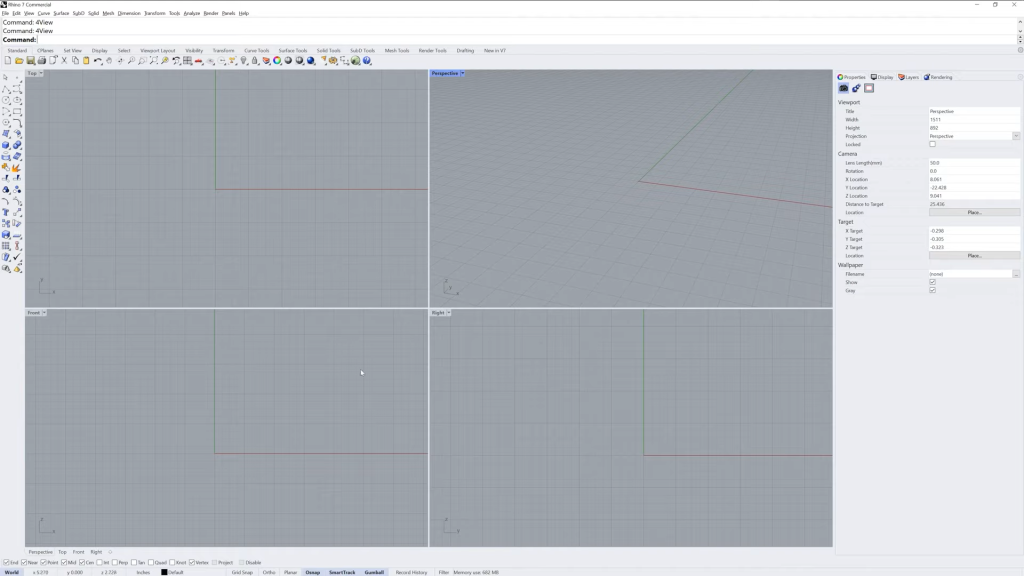
Software Review
Rhino is a pioneer in NURBS-based 3D modeling, which allows creating mathematically precise curves and surfaces of any shape. This makes it ideal for sculpting smooth organic forms. Rhino’s vast collection of powerful tools, like the SubD and T-Splines plug-ins, make it highly popular among industrial designers.
Key strengths include making fast design changes by tweaking control points rather than rebuilding entire models. Large assemblies with thousands of parts can be handled with ease. The ecosystem of third-party plug-ins brings advanced capabilities like environmental analysis, animation, and photo-realistic rendering.
While Rhino lacks built-in CAE and CAM functionality, it can export models to be used downstream in simulation and manufacturing software. The Grasshopper visual scripting environment enables designers to automate complex generative modeling workflows.
With its excellent NURBS tools, fast workflow, and extensive interoperability, Rhino is a great choice for conceptual design through to final documentation across most industries. The availability of student licenses and a wealth of learning resources make it accessible to new users.
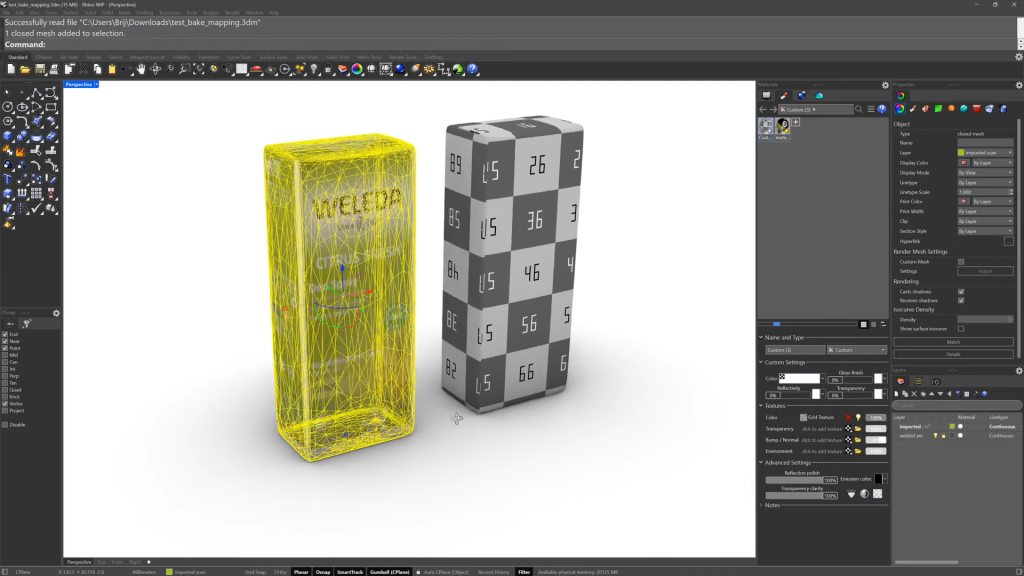
Key Features
- Accurate NURBS surface modeling
- Fast iterations and model rebuilding
- SubD and T-Splines plug-ins
- Powerful visualization and rendering
Why Consider Rhino?
With its flexible NURBS modeling and intuitive interface, Rhino allows designers to quickly sculpt and refine even the most complex freeform surfaces. It’s a great choice for organic and ergonomic product design.
2. Blender
Blender is a popular open-source 3D modeling and animation software with capabilities for product design, game assets, architectural visualization, and more.
- Key Features: Photorealistic rendering, sculpting, simulations, video editing & compositing
- Compatibility: Windows, Mac, Linux
- Ratings: 4.6/5
- Pros: Completely free and open source, packed with features, constant updates
- Cons: Steep learning curve, lacking some CAD-specific tools
- Website: https://www.blender.org
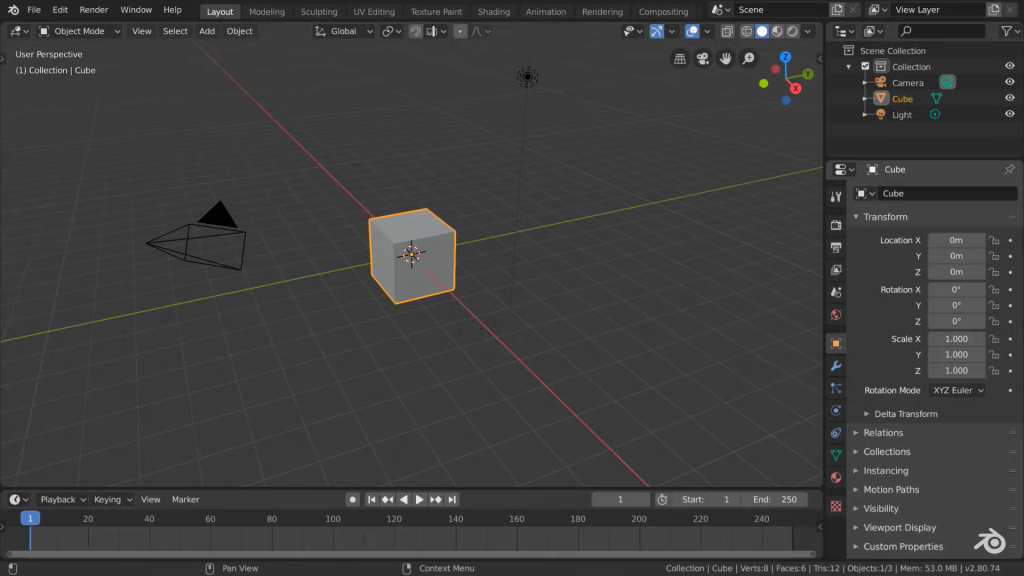
Software Review
As an open-source platform with 2+ decades of development, Blender boasts an immense range of tools while being entirely free. Blender can handle the full product design pipeline from modeling to rendering.
Its flexible polygon and subdivision surface modeling allow designers to block out forms and refine details quickly. With Blender’s texturing, lighting, and rendering features, extremely realistic product visualizations can be created. Animation and motion graphics capabilities make it possible to produce design walkthroughs and marketing content in-house.
The recent 2.8 overhaul has made Blender more intuitive to navigate. However, it still has a steep learning curve compared to commercial alternatives. Blender lacks CAD-specific tools like parameterized modeling, assemblies, and generating technical drawings. Its open architecture means less polish and consistency versus proprietary software.
For product designers on a budget, Blender is hard to beat. With sufficient investment into learning it, Blender can be used for most stages of the design process thanks to its continuously expanding toolset. It’s a great fit for independent designers and startups.
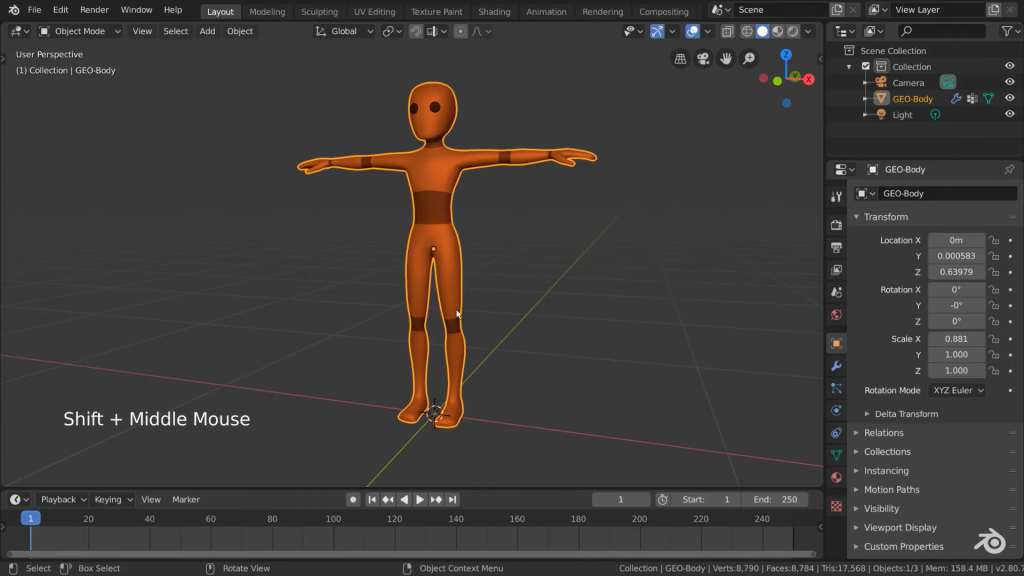
Key Features
- Photorealistic rendering and animation
- Sculpting and retopology tools
- Physics simulations
- Video editing and VFX capabilities
Why Consider Blender?
Blender brings professional-grade 3D capabilities to designers for free. With its extensive features and constant open-source development, it’s a compelling option for startups and indie designers.
3. SolidWorks
SolidWorks dominates the mechanical CAD market with its intuitive modeling environment and powerful simulation capabilities.
- Key Features: Feature-based parametric modeling, large assembly design, CFD/FEA analysis
- Compatibility: Windows
- Ratings: 4.5/5
- Pros: Very intuitive and easy to learn. Tightly integrated simulation tools.
- Cons: Windows only, expensive licenses, clunky surfacing tools.
- Website: https://www.solidworks.com/
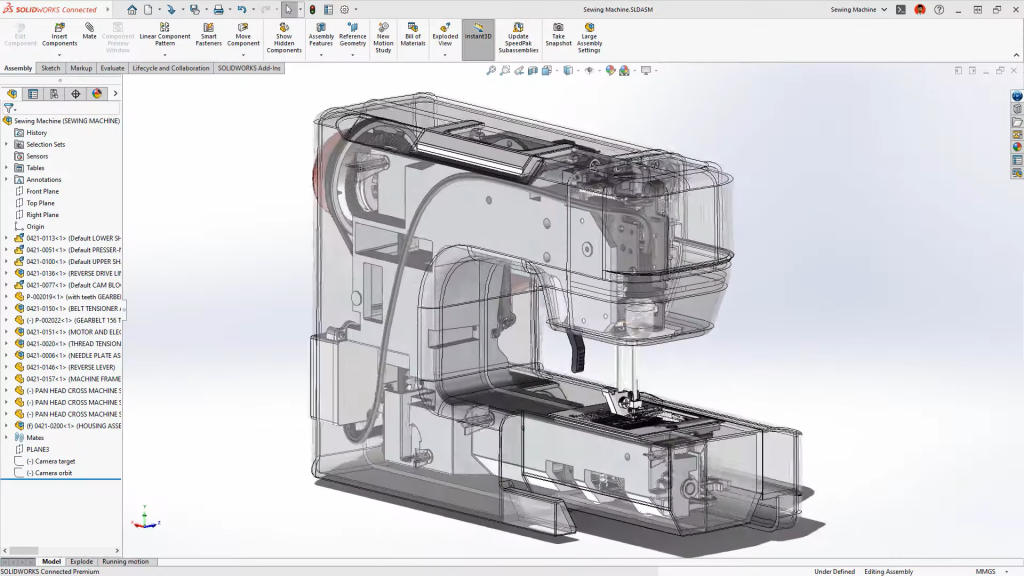
Software Review
SolidWorks makes it easy for engineers and designers to quickly sketch 2D concepts and turn them into finished 3D parts and assemblies. Intuitive tools like extrusions, lofts, and sweeps enable the rapid creation of production-ready parts. SolidWorks shines when it comes to documenting designs with automatic drawing views, BOMs, and notes.
While not specialized for complex surface modeling, SolidWorks flows naturally between industrial design and engineering phases of product development thanks to its integrated simulation capabilities. Parts can be tested via FEA stress analysis, Computational Fluid Dynamics (CFD), kinematic motion, vibration analysis, and more. The ecosystem of add-ons brings further advanced capabilities like plastic injection mold design.
SolidWorks hits the sweet spot for mechanical engineers between ease of use and advanced simulation tools. The user interface conventions will feel familiar to other major parametric CAD software users. Extensive resources for learning SolidWorks help new users get productive quickly.
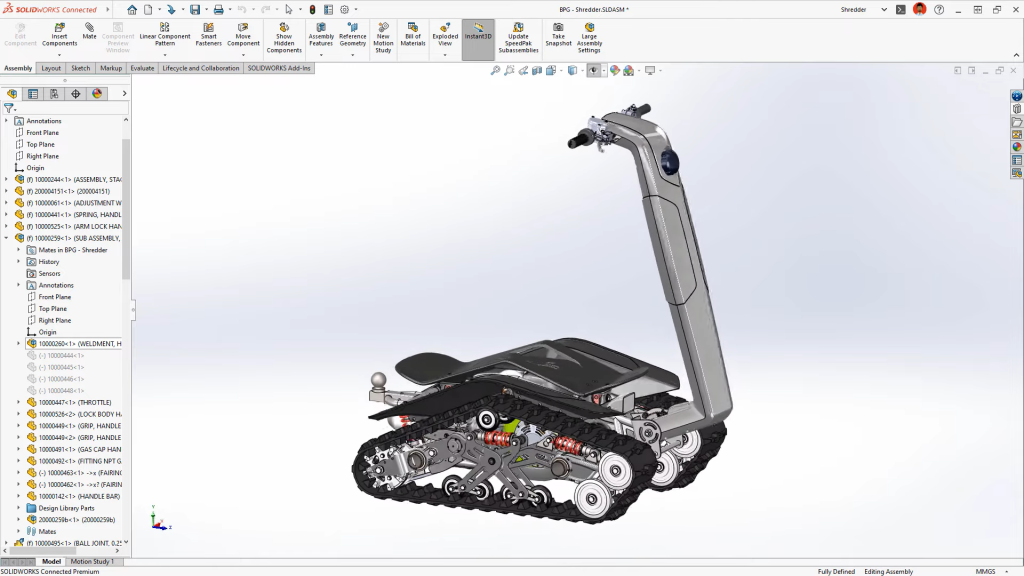
Key Features
- Particle flow simulation for consumer products
- Automated structural analysis with FEA
- Photorealistic rendering and animation
Why Consider Solidworks?
SolidWorks combines an intuitive interface with powerful simulation tools, making it easy for engineers to test and refine designs digitally. It’s trusted by major manufacturers worldwide.
4. CATIA
CATIA is an advanced 3D CAD/CAM solution renowned for its flexibility in large-scale engineering and manufacturing projects.
- Key Features: Class-A surfacing, kinematics, aerospace/automotive toolsets, NC programming
- Compatibility: Windows
- Ratings: 4.5/5
- Pros: Limitless flexibility. Aerospace and automotive specialized tools.
- Cons: Very challenging to learn, expensive, clunky interface.
- Website: https://www.3ds.com/products-services/catia/
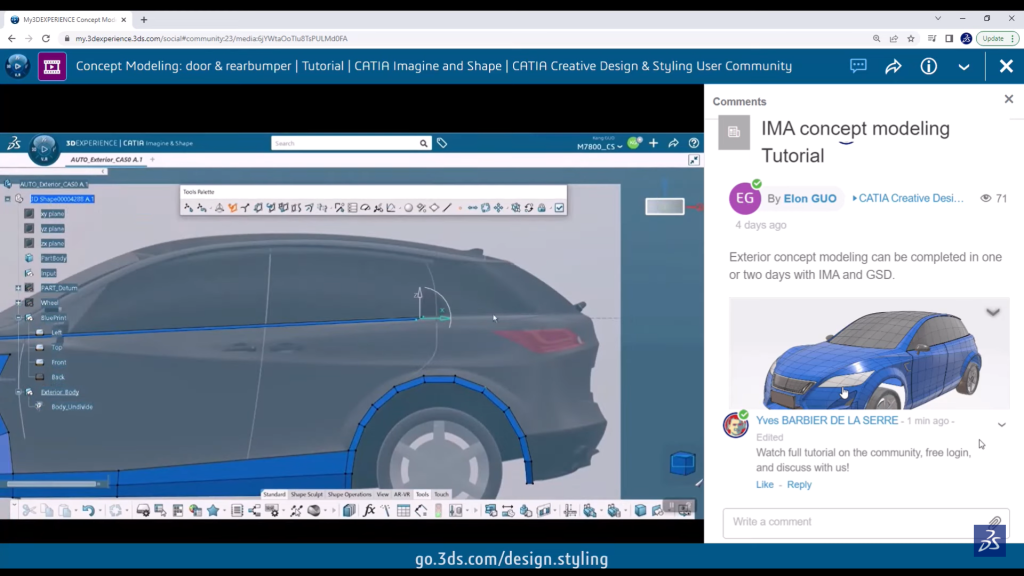
Software Review
CATIA and its extensive Add-On packages empower engineers to model any product imaginable. CATIA goes beyond mechanical CAD with tools tailored for aerospace, automotive, industrial machinery, shipbuilding, electrical systems, and more.
Complex molded parts with sweeping contours are easy with CATIA’s surfacing tools. The dynamic simulation environment handles complex motion analysis. Advanced NC programming capabilities make CATIA a highly automated solution for digital manufacturing.
For enterprises designing large-scale complex products like aircraft and luxury vehicles, CATIA has no equal. However, it comes at the cost of very steep learning curves and hefty licensing fees. The interface leaves much to be desired in terms of usability. Most smaller product design teams find the overall flexibility of CATIA overkill.
Nonetheless, global brands rely on CATIA when developing category-defining products. The investment into mastering CATIA delivers immense payoff for specialty engineering firms involved in aerospace, automotive, energy, and shipbuilding projects.
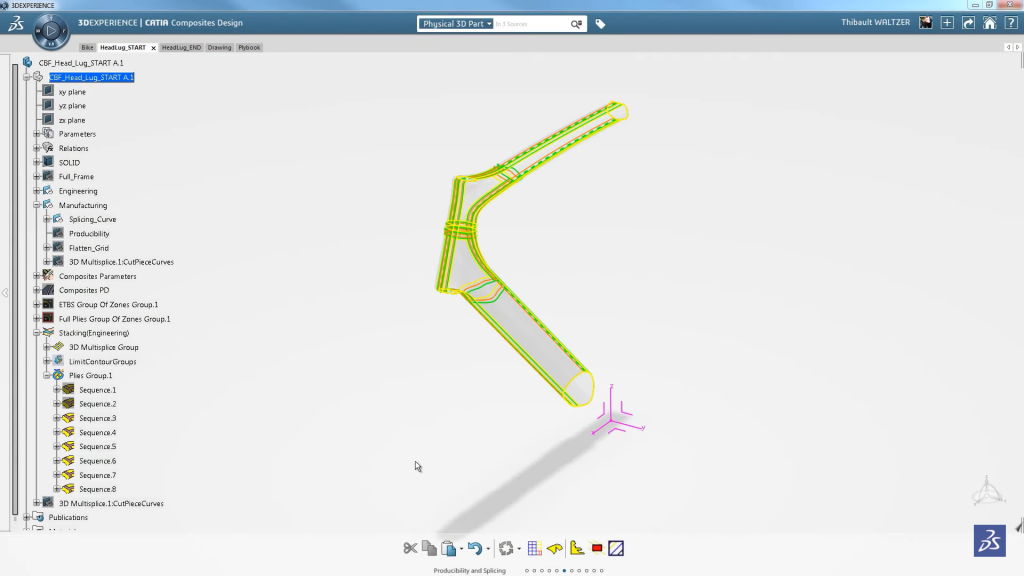
Key Features
- Class-A surfacing tools
- Aerospace toolset
- Dynamic simulation
Why Consider CATIA?
CATIA provides limitless flexibility to model complex products in specialized industries. It’s the go-to choice for large enterprises, especially aerospace and automotive.
5. Fusion 360
Fusion 360 combines easy-to-learn CAD with sophisticated simulation and manufacturing capabilities in one cloud-based platform.
- Key Features: Parametric & direct modeling, rendering, CAM/CAE, real-time collaboration
- Compatibility: Windows, Mac
- Ratings: 4.7/5
- Pros: Very intuitive, great value for money, constantly improving
- Cons: Occasional bugs/glitches since it’s cloud based
- Website: https://www.autodesk.com/products/fusion-360/overview
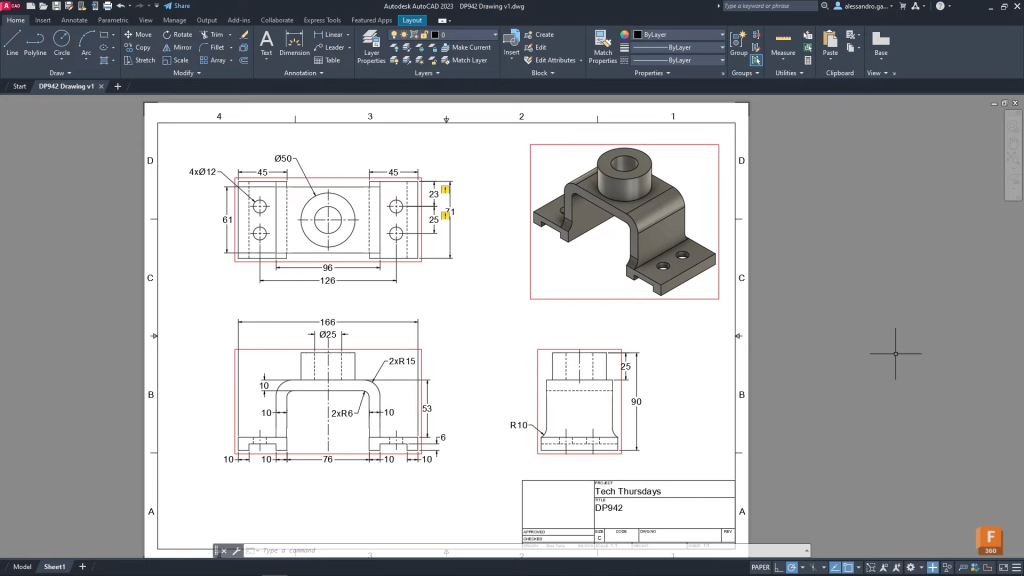
Software Review
By integrating mechanical design, simulation, manufacturing, and collaboration within a modern cloud platform, Autodesk Fusion 360 provides unparalleled value. It combines the flexibility of direct editing with precise control from parametric modeling.
The user interface walks new adopters through the workflow in a logical manner. CAM programming and realistic rendering can bring concepts to life. Generative design capabilities powered by cloud computing deliver engineering-driven design options.
With Fusion’s excellent simulation tools like FEA and CFD, engineers can analyze heat, stress, vibration, and other factors to optimize the design digitally. Collaboration capabilities allow dispersed teams to work together in real-time on the same model.
Fusion 360 delivers professional-grade tools to individuals and startups at extremely attractive subscription prices. Larger organizations also benefit from its excellent value and modern cloud-based workflows. The extensive learning resources make it easy to become productive quickly.
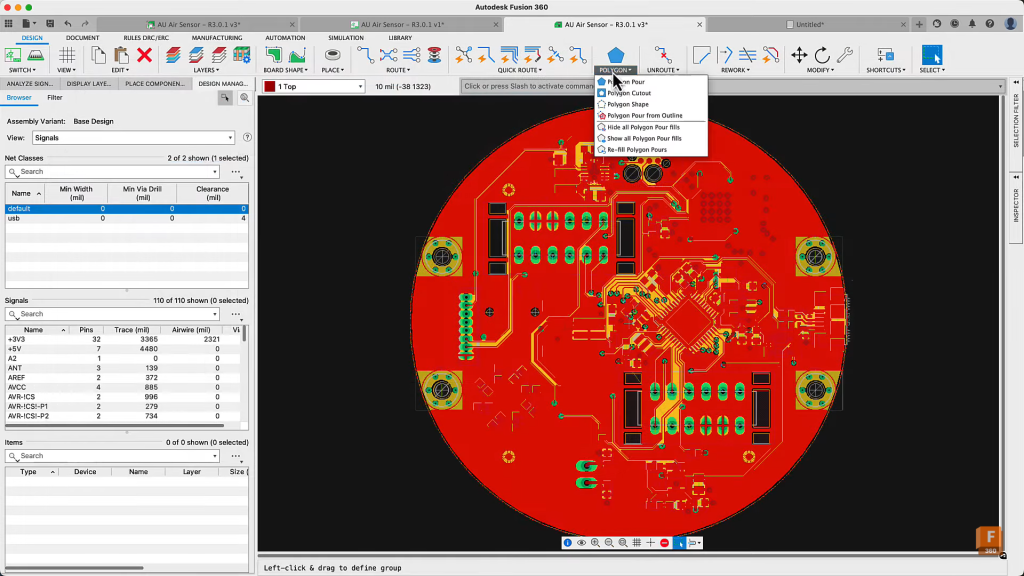
Key Features
- Sculpting mesh and freeform modeling
- Integrated CAM for 3, 4 and 5-axis milling
- Generative structural design
Why Consider Fusion 360?
Fusion 360 makes advanced CAD, CAM, and simulation technology accessible to designers and engineers at reasonable prices, all on the cloud.
6. ZBrush
ZBrush empowers digital sculptors to model and paint incredibly detailed organic models and textures.
- Key Features: Digital sculpting, texturing, detailing, dynamic tessellation
- Compatibility: Windows, Mac
- Ratings: 4.8/5
- Pros: Limitless detail capability, intuitive brush-based workflow
- Cons: Specialized just for organic models and characters
- Website: https://www.maxon.net/en/zbrush
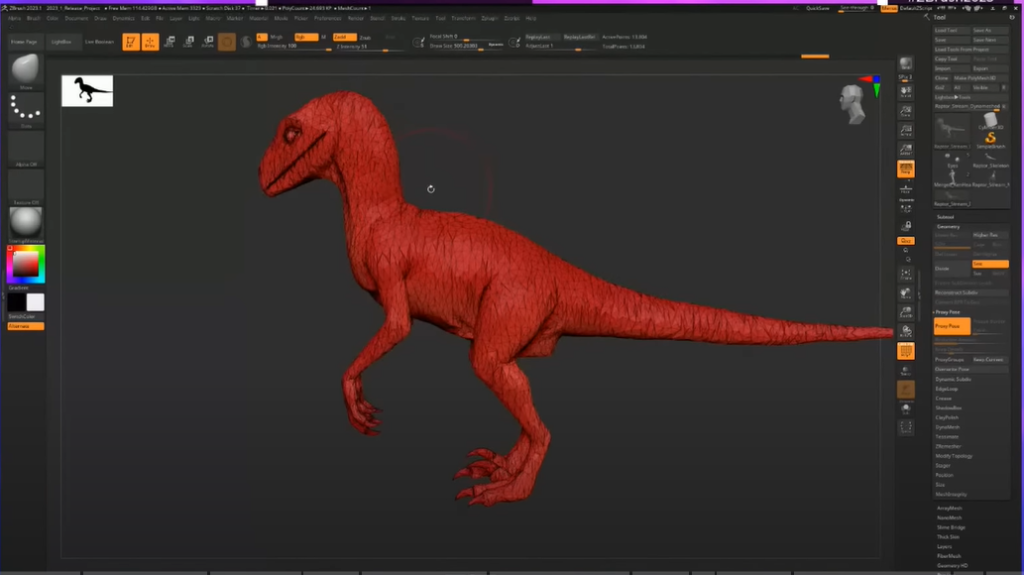
Software Review
ZBrush has evolved over decades into the ultimate digital sculpting solution on the market today. Its brush-based workflow provides artists with an intuitive, tactile sculpting experience similar to working with real clay. ZBrush uses dynamic tessellation to maintain details at any subdivision level.
Besides sculpting, texturing and painting 3D models is a breeze in ZBrush. Unique tools like alphas, stencils, and zapplinks allow new textures to be quickly applied and modified. Displacement, bump, and normal maps can be rendered to bring ultra-realism to sculpts.
ZBrush outputs can be used in 3D printing, CGI, manufacturing, collectible figures, concept art, and more. Leading studios like ILM, Blizzard, and Framestore use ZBrush for digital creatures, characters, hard surface models, and more. As a specialized digital sculpting solution, ZBrush has no equal.
The non-destructive workflow allows endless experimentation on copies of models without damaging the original. ZBrush delivers professional-caliber capabilities for sculptors seeking limitless creative freedom with digital clay.
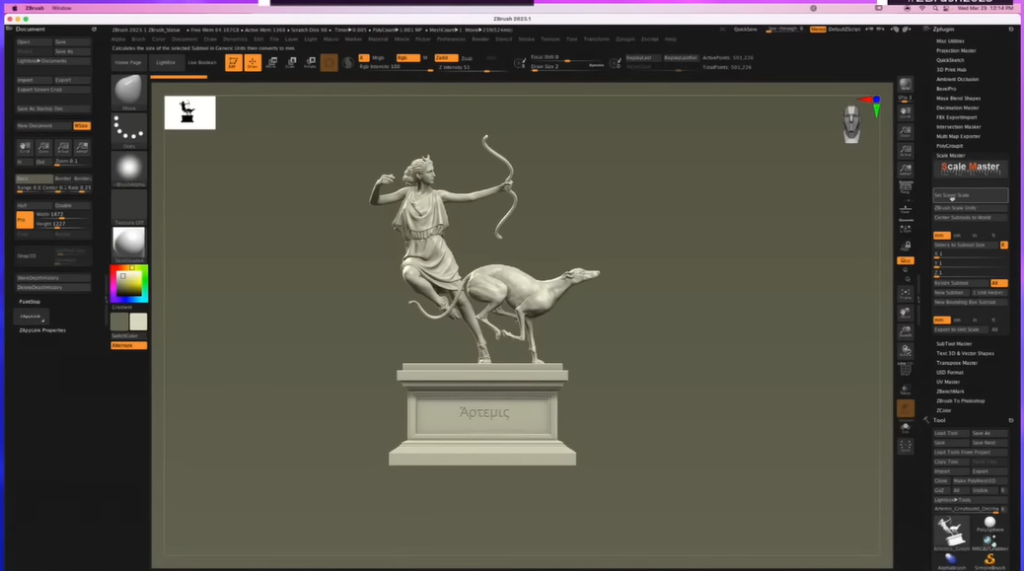
Key Features
- Extensive brush library
- Dynamic tessellation
- Displacement and normal mapping
Why Consider ZBrush?
ZBrush provides digital artists with a tactile, brush-based sculpting experience combined with limitless levels of detail. It’s the industry standard for organic and hard surface sculpting.
7. Solid Edge
Solid Edge excels at digital mockup, sheet metal design, and managing large assemblies, making it ideal for industrial machinery and plant design.
- Key Features: Assembly design, sheet metal tools, precise drafting tools
- Compatibility: Windows
- Ratings: 4.5/5
- Pros: Excellent for large assemblies and manufacturing prep. Affordable licenses.
- Cons: Mediocre surfacing tools. Smaller user community than other CAD options.
- Website: https://solidedge.siemens.com/en/
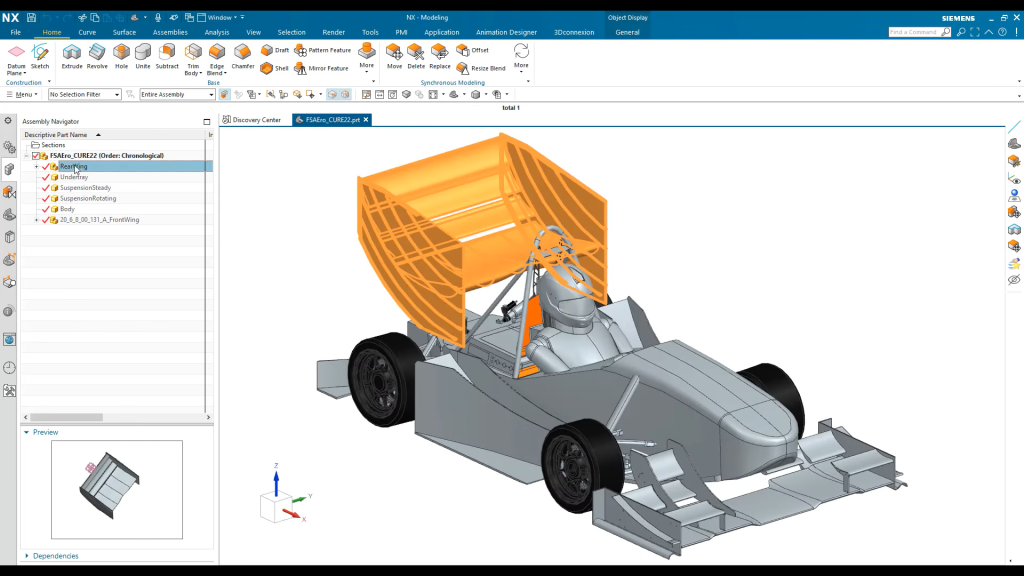
Software Review
Siemens Solid Edge includes robust tools for designing sheet metal components, complex assemblies, and detailed manufacturing documentation. Intelligent features like beaten sheet metal, hollow extrudes, and piping accelerate industrial design projects.
The unique Share Designer allows live collaboration within a single CAD file rather than emailing files back and forth. Engineers can focus on their subsystem designs independently and then sync everything together in the master assembly.
Solid Edge also excels at taking 2D sketches and turning them into detailed manufacturing drawings, including projections, sections, BOMs, and GD&T annotations. The optional FEA add-on facilitates simulation driven design.
Many industrial firms prefer Solid Edge over paying premium rates for NX or Solidworks. The interface provides a gentler learning curve compared to competing CAD tools. Solid Edge delivers excellent plant and heavy machinery design capabilities at reasonable license prices.
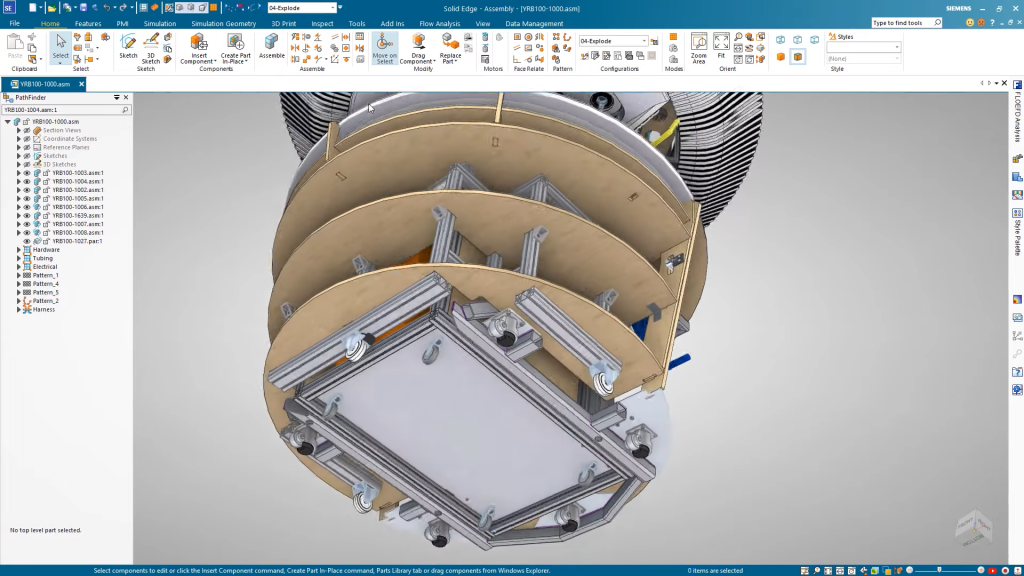
Key Features
- Sheet metal design tools
- Share Designer real-time collaboration
- Automated drawing creation
Why Consider Solid Edge?
Solid Edge provides specialty tools tailored for plant design and machinery manufacturing at a reasonable price.
8. SketchUp
SketchUp provides an easy way for anyone to create, view, and share 3D models, making it extremely popular among interior designers and architects.
- Key Features: Push/pull modeling, model libraries, web viewer
- Compatibility: Web, Windows, Mac, iOS, Android
- Ratings: 4.5/5
- Pros: Extremely intuitive and easy to use. Many 3D model resources.
- Cons: Limited precision and features compared to CAD tools.
- Website: https://www.sketchup.com/
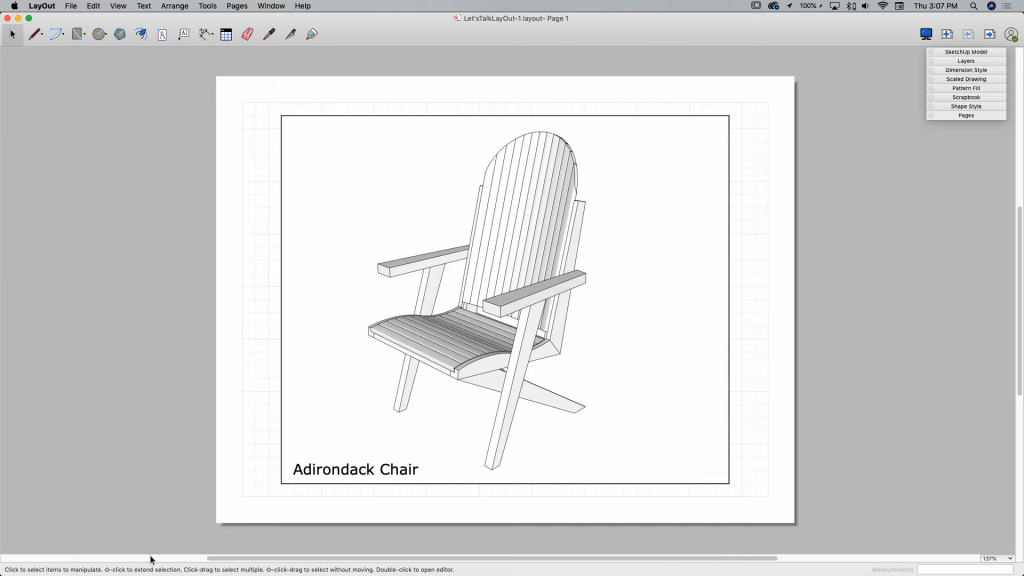
Software Review
SketchUp allows anyone to start modeling in 3D within minutes of downloading. The push and pull direct modeling eliminates the steep learning curve of traditional CAD software. Importing plans and templates helps designers model to scale.
The 3D Warehouse provides over 2.5 million free models to place inside SketchUp ranging from furniture and appliances to trees and cars. Models can be walked through from a first-person perspective to experience designs.
Since models are stored in the cloud, they can be viewed and shared from any device using the web viewer. This makes SketchUp excellent for interior design and architecture visualization purposes. However, the lack of robust CAD tools limits its use for engineers and industrial designers.
SketchUp is the leading choice for individuals and small firms seeking a friendly entry point into 3D modeling that ties into a vast ecosystem. The Pro version expands functionality for architectural and construction applications.
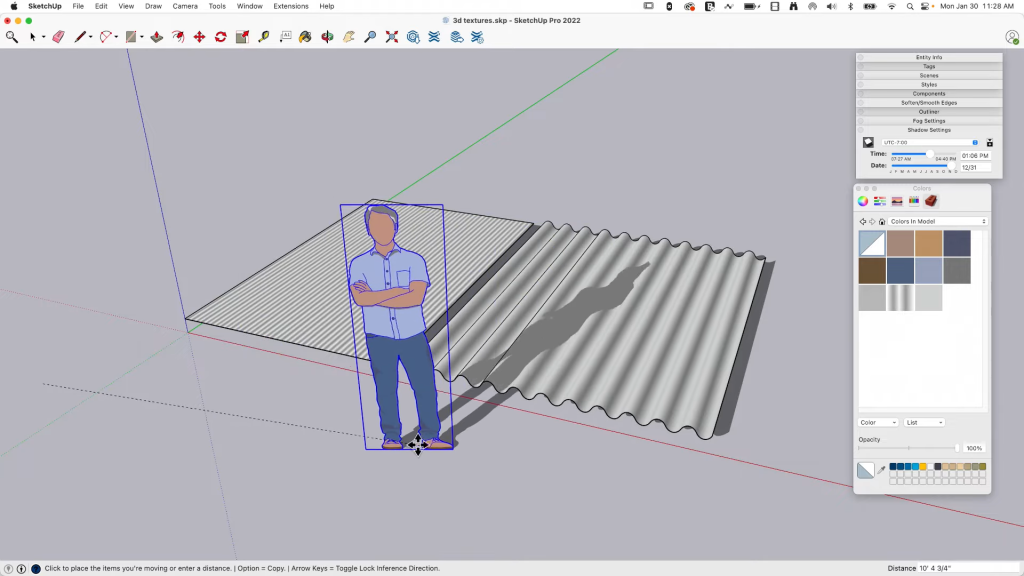
Key Features
- Extensive 3D model library
- Photo Match for textures
- Virtual reality viewing
Why Consider SketchUp?
SketchUp allows anyone to easily create, view, and share 3D designs using a highly intuitive push/pull direct modeling method.
9. Onshape
Onshape is a CAD solution built from the ground up for the cloud, facilitating real-time collaboration and data management.
- Key Features: Cloud-based, real-time collaboration, version control, data management
- Compatibility: Web, iOS, Android
- Ratings: 4.6/5
- Pros: Easy collaboration from anywhere. Intuitive UI. Affordable pricing.
- Cons: No offline access. Limited customization options.
- Website: https://www.onshape.com/
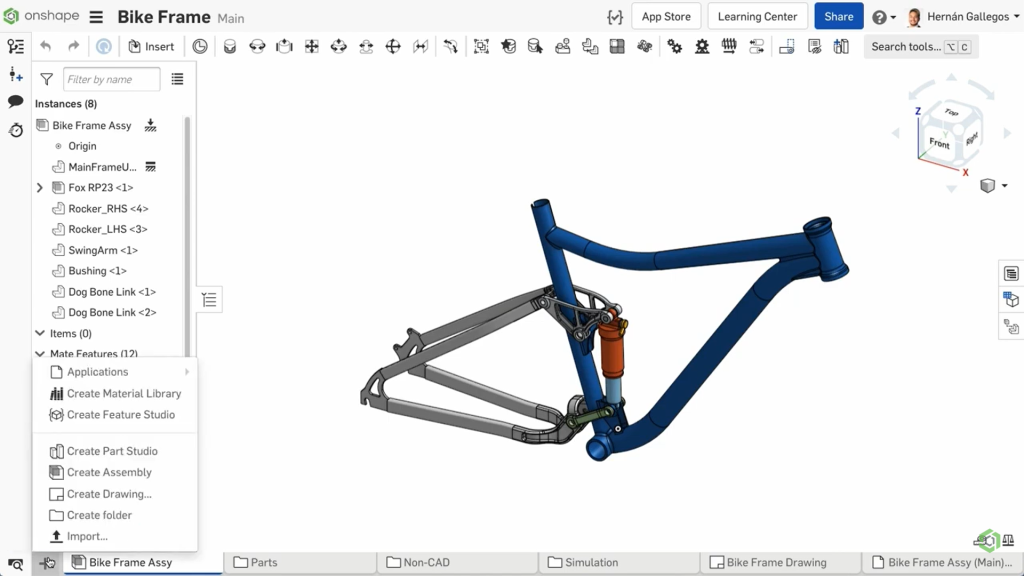
Software Review
Onshape aims to bring professional CAD capabilities to the modern cloud-based workplace. All data is stored securely on the cloud. This allows the entire product design workflow, from modeling to collaboration, to take place in real-time from anywhere.
The CAD tools are intuitive enough for beginners but offer sophistication for complex parts. Designs can be peer-reviewed and iterated rapidly using cloud-based collaboration instead of tracking files and versions across multiple apps. The integrated data management keeps all project information flowing smoothly.
Onshape accelerates product development for teams that are distributed across multiple locations. PDM capabilities like version control, release workflows, permissions, and change logs keep everyone on the same page. For engineers used to clunky legacy desktop CAD tools, Onshape provides a refreshing user experience.
However, the lack of an offline mode and limited ability to customize/automate workflows prevent some businesses from adopting Onshape. But for small teams that embrace the cloud, it provides outstanding value.
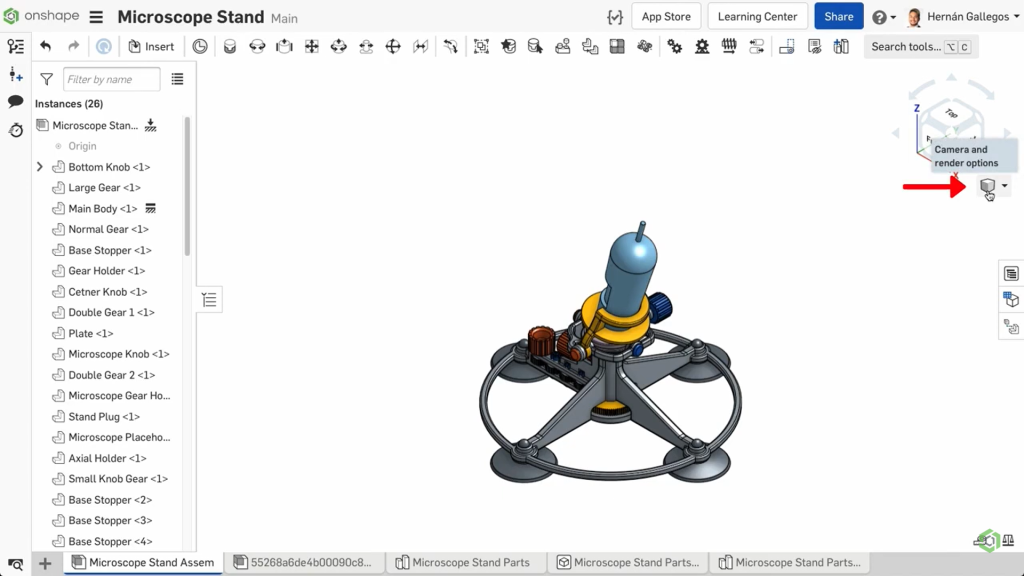
Key Features
- Cross-platform web and mobile access
- Unlimited version history
- Built-in collaboration tools
Why Consider Onshape?
Onshape brings engineers real-time cloud collaboration, eliminating productivity bottlenecks caused by tracking files and versions across multiple platforms.
10. Autodesk Inventor
Autodesk Inventor provides powerful parametric CAD capabilities with tools tailored for mechanical engineers and industrial designers.
- Key Features: Parametric and direct modeling, sheet metal design, FEA simulation
- Compatibility: Windows
- Ratings: 4.6/5
- Pros: Robust modeling for manufacturing. Highly intuitive workflow.
- Cons: No Mac version. Can be pricey for some budgets.
- Website: https://www.autodesk.com/products/inventor/overview
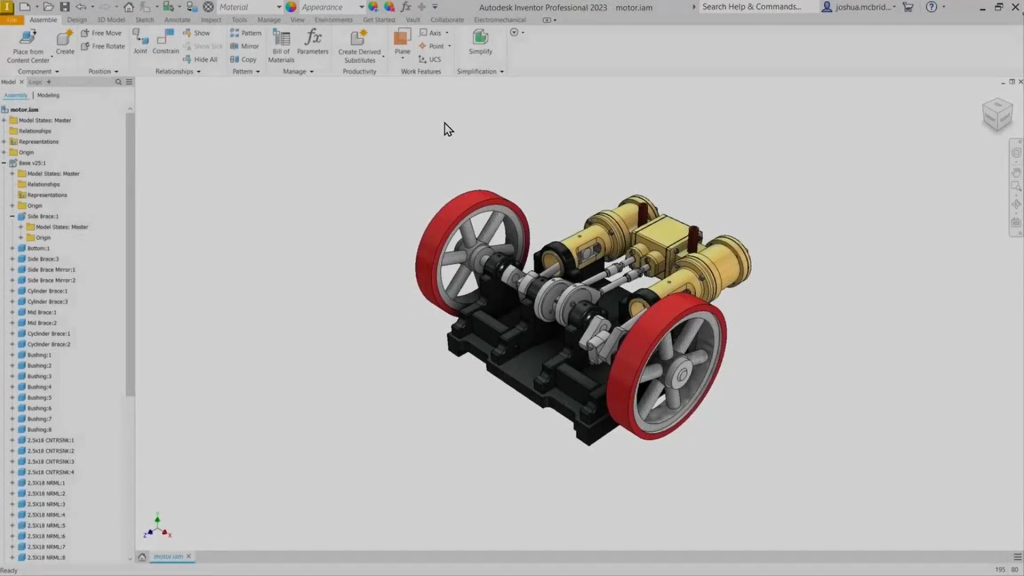
Software Review
Inventor combines industrial-grade CAD tools with ease of use. Depending on needs, flexible parts modeling options include parametric, direct edit, or subdivision modeling. The frame generator makes constructing weldments quick and simple.
Engineers can design sheet metal enclosures, circuit boards, cable, and pipe runs within the context of a 3D assembly. Stress analysis tools identify weak points in the design to improve structural integrity and component lifespan.
Inventor integrates further downstream in the product development process with mold design and CAM programming capabilities. The visualization features allow rendered animations and exploded views to be quickly generated to sell concepts.
Autodesk Inventor provides a robust CAD platform for transforming 2D sketches into manufacturable 3D models. Inventor delivers an intuitive workflow with CAD and CAE power at a reasonable price for engineers and industrial designers working on consumer or industrial equipment.
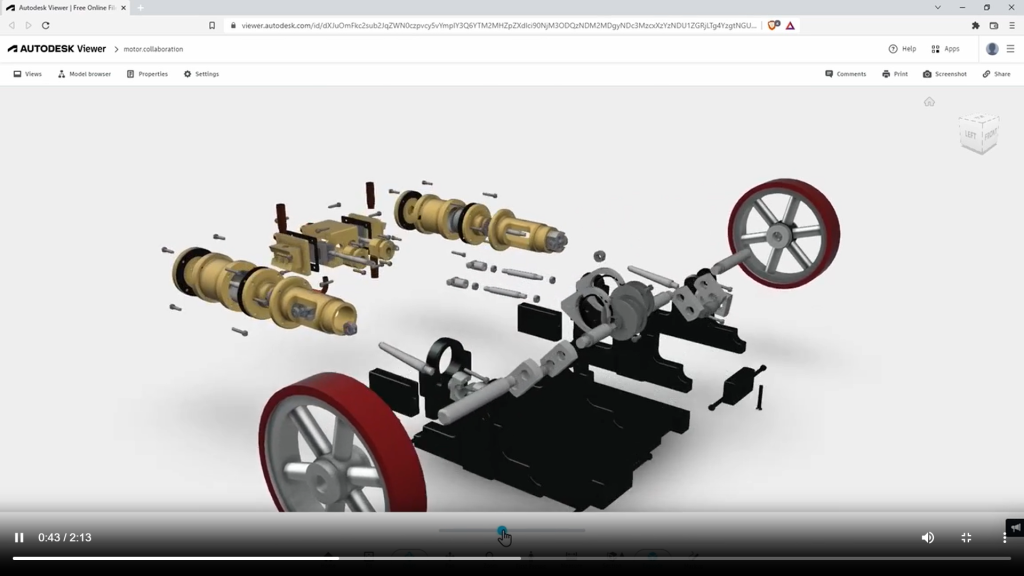
Key Features
- Frame generator for modular construction
- Integrated FEA stress analysis
- Tools for injection mold design
Why Consider Inventor?
Inventor makes industrial-strength CAD approachable for engineers and designers through smart defaults and an intuitive interface while offering advanced simulation tools.
FAQs
How to decide if I should go for a paid or free product design software?
Free software like Blender provides immense value, especially for startups with tight budgets. However, paid solutions like SolidWorks and Rhino unlock more specialized capabilities, extensive educational resources, professional support, and critical features like data management. Evaluate whether free tools can support your workflow needs or if the benefits of commercial investment are justified.
Can I use product design software for other design types, like graphic design or UX/UI design?
While product design software is focused on engineering and manufacturing, some solutions like Fusion 360, Blender and SketchUp have broader capabilities for graphic design, architecture, and animation. Many can export models for use in graphic design tools as well. Evaluate your total workflow needs when choosing software.
Are there any limitations to free product design software?
Free tools understandably have fewer features, lower computing power, limited file exports, lack of customer support, and slower development than paid solutions. However, open-source platforms like Blender offer immense value at no cost. Just ensure your projects fit within the capabilities of the free tools under consideration.
Is there free product design software available for students or personal use?
Many paid CAD platforms like SolidWorks, Inventor, and Onshape offer students and teachers free or discounted educational licenses. Alumni of qualifying schools can also access student rates for a period after graduation. Popular free options for personal learning include Fusion 360, Blender, SketchUp, and Tinkercad.
Conclusion
Selecting the right product design software involves balancing features, price, and long-term needs. Parametric CAD programs like SolidWorks and Inventor provide robust tools for engineering, while solutions like Blender, Rhino, and SketchUp excel at industrial design work. Specialized software like CATIA and ZBrush unlock capabilities for aerospace and digital sculpting, respectively.
Modern options like Onshape and Fusion 360 show the workflow benefits of cloud-based and collaborative solutions going into the future. Invest time evaluating current and future needs across modeling, simulation, rendering, and collaboration. Testing trial versions can quickly highlight which user interfaces are most intuitive. While every tool has pros and cons, identifying the best fit will empower product innovation and accelerate development cycles.

